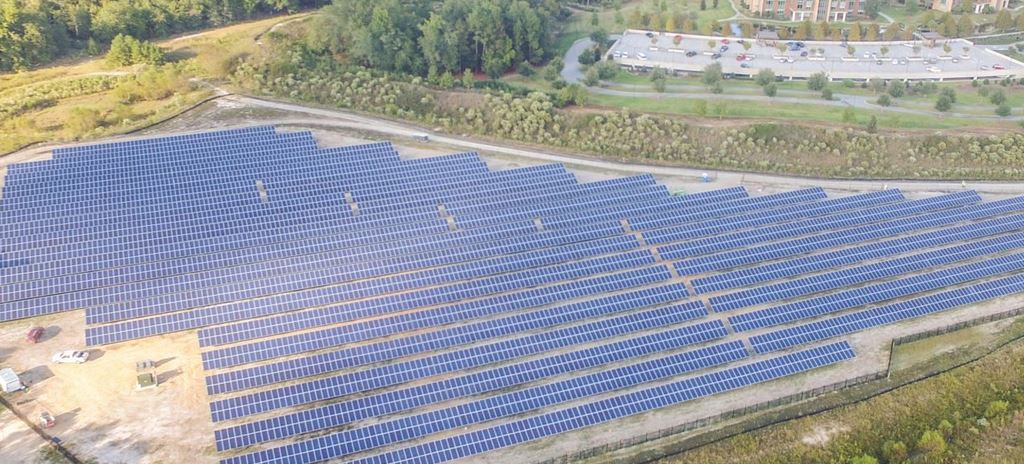North Carolina gets all the solar headlines for its aggressive pursuit of utility-scale power plants, but its southern cousin is quietly building a solar reputation of its own – and one utility in particular is leading in its own small way.
South Carolina Electric and Gas (SCE&G) announced last week that it had reached its state-mandated goal of building 42 MW of utility-scale solar capacity by 2020 three years ahead of schedule.
“We are pleased to have reached this goal for utility-scale solar power ahead of the 2020 deadline,” said Keller Kissam, incoming president and COO of SCE&G. “When we started working to achieve the goals, we also set out to demonstrate that solar isn’t just a program, but it’s an integral part of our generation portfolio. It’s a part of our future and the future of South Carolina.”
Before SCE&G breaks its arm patting itself on the back, however, it should be noted that 42 MW is an exceedingly modest goal. By way of comparison, Georgia installed more than 1.5 GW, North Carolina installed nearly 1 GW and Florida installed 404 MW in 2016 alone.*
What makes the goal seem even more paltry is that SCE&G says it’s been “evaluating and pursuing additional renewable energy sources since 2007”, and it only created a dedicated renewable energy division in 2013. During the same time period, Duke Energy says it has invested nearly $4 billion in renewable energy and now owns/operates 600 MW of solar capacity, with 23 projects in the Southeast alone.
But South Carolina may have a chance to catch up, due to the Public Utilities Regulatory Policy Act of 1978 (PURPA), which mandates that utilities purchase power from independent power producers under long-term contracts. PURPA contracts have been a leading source of new utility-scale solar in neighboring North Carolina, and GTM Research has identified large volumes of projects in South Carolina as well.
* All state installed figures come from the latest SEIA/GTM Research’s U.S. Solar Market Insight Report.
This content is protected by copyright and may not be reused. If you want to cooperate with us and would like to reuse some of our content, please contact: editors@pv-magazine.com.








The biggest failure of Trump is to come to grips with the renewable energy revolution taking place all over the world. This might one day boomerang and backfire on him horribly.
Sujay Rao Mandavilli